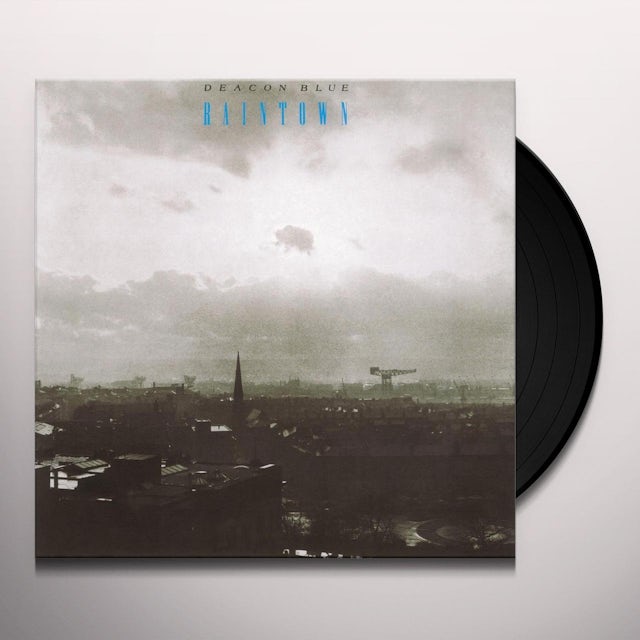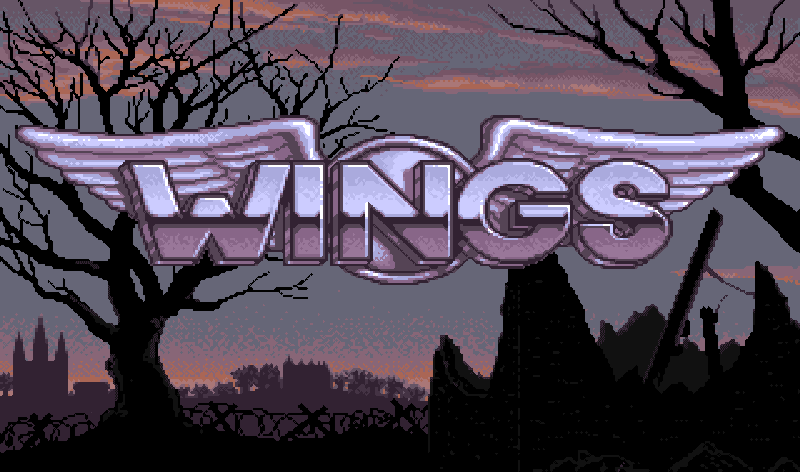
Way back in 1992, a wonderful platform game appeared on the shelves of our favourite computer game stockists (John Menzies in Clydebank for me personally). That game was Flashback from Delphine Software, for the Commodore Amiga. Released at the height of the Amiga’s popularity and taking advantage of all the Amiga’s considerable attributes, and being somewhat of a spiritual successor to an earlier successful Delphine game for the Amiga, namely Another World, the pre-release hype around the game was electric and once we got to play it on our own computers, that hype was very much warranted. The game was excellent and has, over the decades become synonymous with the kind of quality game that the Amiga became renowned for. It was of course subsequently released on just about every other computer or console that you could shake a stick at, and in doing so further cemented its popularity as an epic game that would likely have a worthy Top 10 spot in many a gamers list of best games for their favourite console or computer.
So, what does Flashback have to do with this article – given it’s titled Lunark I rightly hear you ask? Well, let me enlighten you dear reader. Just as Flashback was the spiritual successor to Another World back in the day, Lunark is the spiritual successor to Flashback, albeit 30 or so years later…
Released in the 1st quarter of this year by Canari Games, and available on multiple platforms (such as PC, Nintendo Switch, Playstation and Xbox), Lunark is – as they state on their web site “A modern take on the 2D cinematic platformer genre”, but for anyone who has ever played Flashback, it’s way more than this assertion by the developers, the game is clearly an homage to Flashback specifically, which is obvious from the opening moments of the game to the cinematic cut scenes as you pick up something interesting or something that has importance to the game which you should focus on, but let’s not dwell on that, as I’m sure the developers are treading a line here and not wanting to be specific in their advertising.
So, to the game itself…

You play as the character Leo, who is a courier who seems to have abilities beyond your average Joe and who also has a mysterious past. Leo is fulfilling courier contracts via the Moon which is now a colony of Earth and is seen as a lifeline to an Earth that is sharply in decline. In deference to the AI called NOAH who literally takes no prisoners and has a tight control of the population and what they can or can’t do via a series of killer robot sentries and drones, Leo plies his trade.
Along the way Leo will come up against a series of characters and quests as he navigates his way through this beautifully pixelated world. He will of course encounter robots, sentries, and defence systems which will all need to be overcome as he begins to get embroiled in the narrative of the story and his adventure continues.
Without giving any of the story away, Lunark is a superb return to gaming of simpler times. That’s not to suggest that the game is in any way simple as it can be just as difficult as the games that inspired it, perhaps even more-so at times. The pixel art is lovely, although in an effort to be detailed, the items that you may need to interact with can sometimes be lost in the colourful surroundings. I especially enjoy the atmospheric lighting in the different areas which Leo explores and the overall detail, given the pixel density, is quite surprising. The gameplay itself is smooth and is controlled easily, with minimum buttons to remember. Leo’s animation style is almost an exact clone of what we saw in Flashback and Another World (and Prince of Persia if I’m going to be complete in my comparison). Walking, running, jumping, rolling and shooting are all present and correct as you would expect from such a game. There is a shielding mechanism to utilise and weapons to protect yourself with. Progression through different areas will require completion of other tasks, which are easy enough to figure out in the main, with the more difficult areas to progress through requiring a bit more thought on occasion.
The music is again a tribute to bygone games of this genre and is very good.
The game, overall is an excellent platformer in its own right but the link to previous games makes it that bit more satisfying, however if I had one gripe, it would be the save stages. The game can only be saved at certain points throughout Leo’s progress, and the duration between each of these stages can take some time, so getting killed and having to be respawned back to where you were 10 minutes or so previously is very frustrating.
I would definitely recommend Lunark to any fan of Flashback or Another World, or if you simply like a good platformer.













